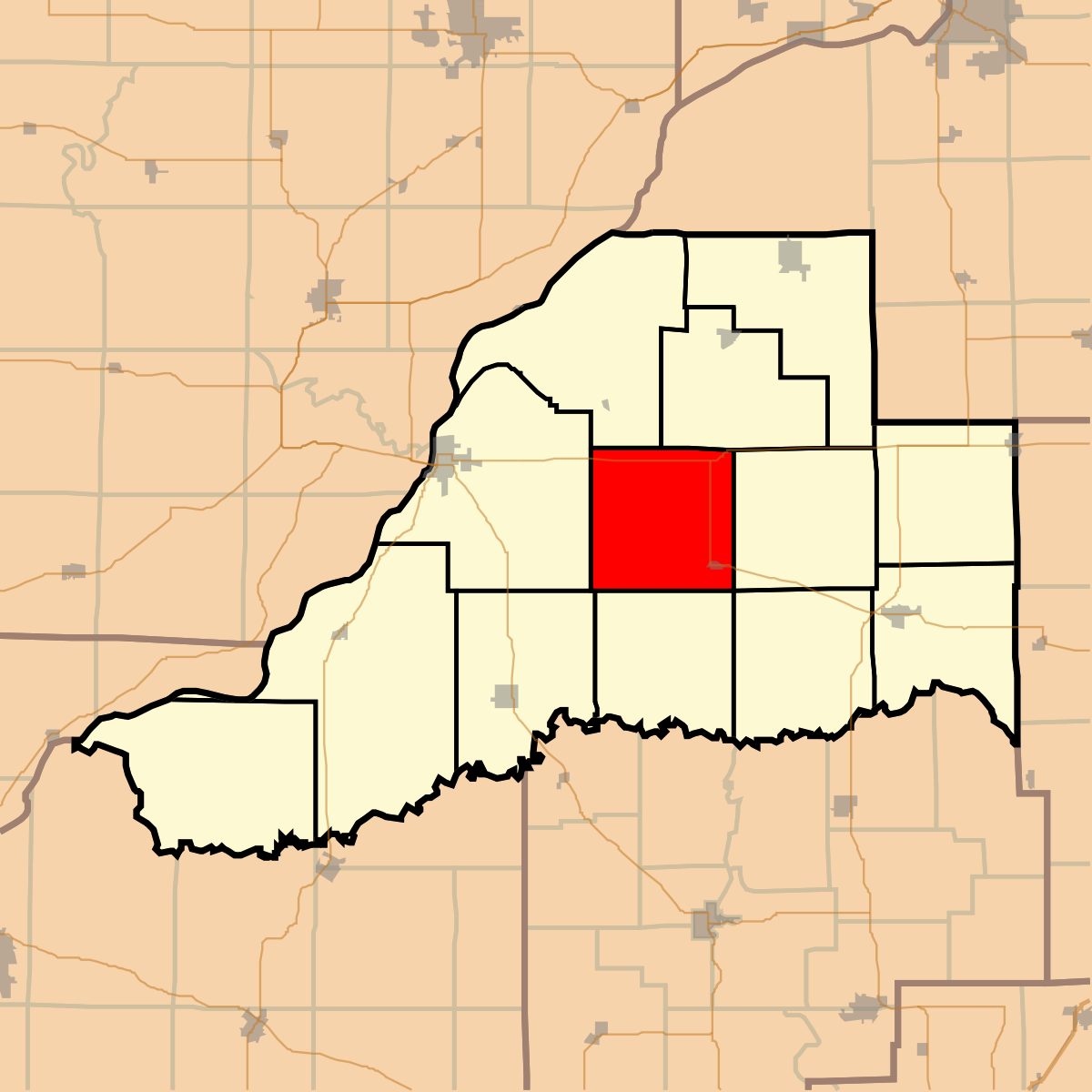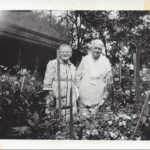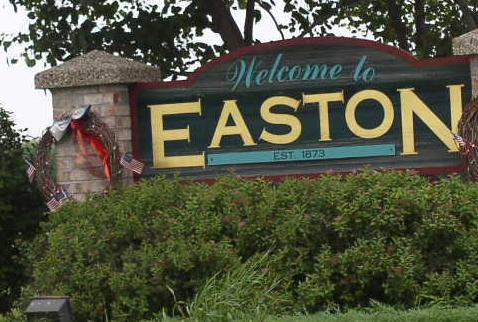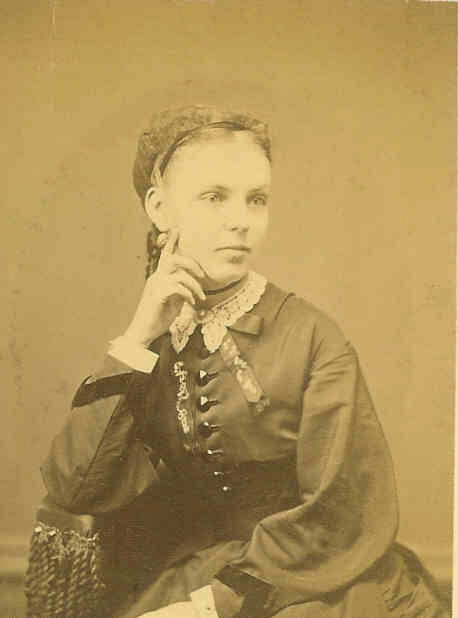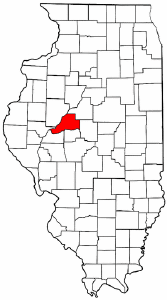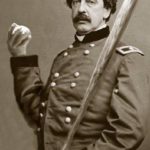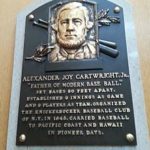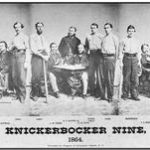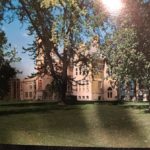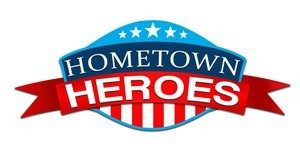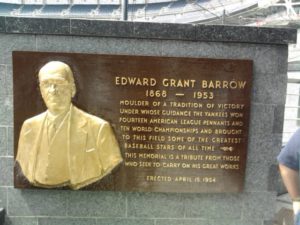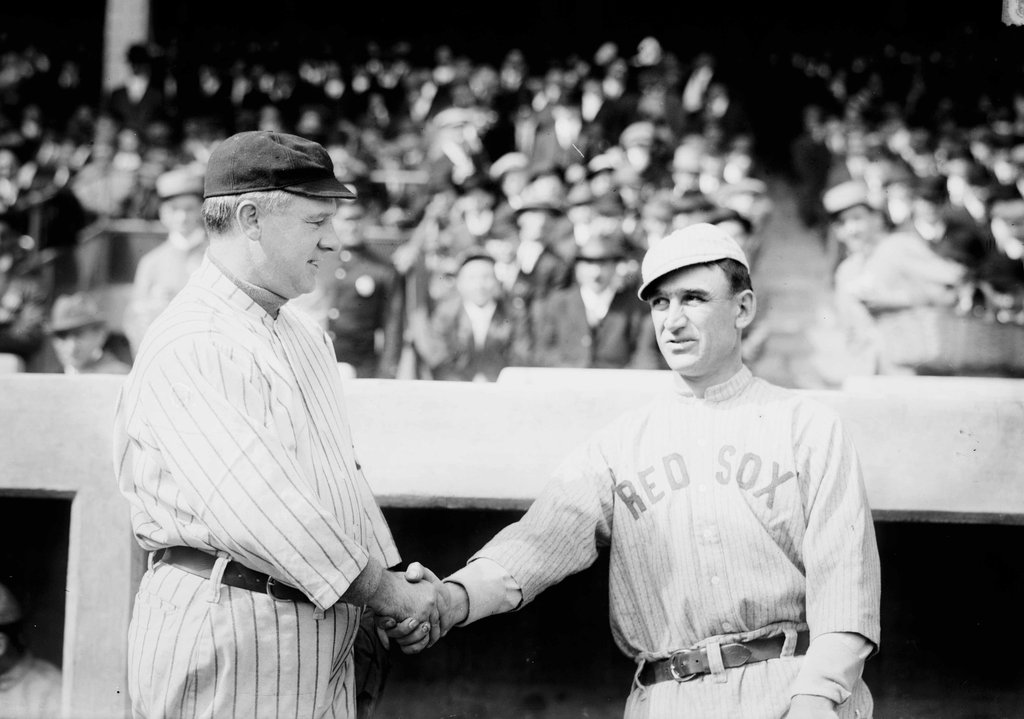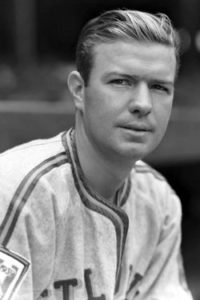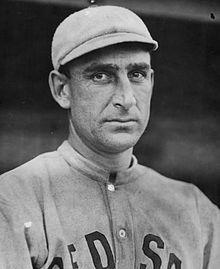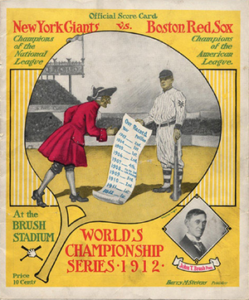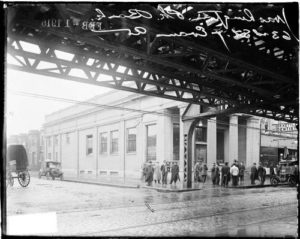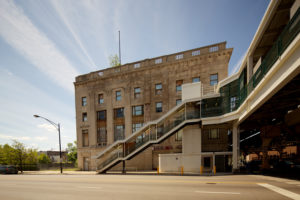We continue and finish up our look at the history of Sherman Township in Illinois. I hope you have enjoyed this and continue to follow along for the next several months and I bring every township and village to you in Mason County,
SHERMAN TOWNSHIP BIOGRAPHICAL SKETCHES
JOHN G. CONOVER, farmer; P. 0. Biggs. As early as 1790, Peter Conover, of Monmouth Co., moved with his family to Woodford Co., Ky., where, in December, 1812, the subject of this sketch was born. The elder Conover was the youngest
of five brothers, and the four oldest were all soldiers of the Revolution. In 1822, the
Conover family, with a large number of relatives and acquaintances, desirous of locating
beyond the influence of slavery, moved by wagons to this State, the journ ‘y occupying some months, and attended with hardships that would have deterred any hut the stout- hearted. The party reached Springfield in June,- and, after an examination of the
country, chose the Jersey Prairie, in what is now Morgan Co., as the site of their future
home. Peter Conover and his wife remained in this locality until their death, which
occurred to the first in May, 1835, and to the latter ia October, 1846. John G. Conover was married, in 1833, to Miss Susan Houghton ; she died in 1845, and he was maVried, in 1846, to Mrs. Hannah Mitchell. He moved to this county in 1841, and settled in the vicinity of Bath. In 1849, he crossed the plains to California, and returned by way of the Isthmus in 1851. In the early days of Morgan
and Menard Cos., he enjoyed the acquaintance of Lincoln, Yates and Col. Hardin, the
latter making his home, in his youth, with the Conover family. Mr. Conover settled upon the place he now occupies, on Sec. 31, in 1866, consisting of 160 acres, well improved, and worth about $30 per acre. His business capacity and integrity have been
recognized by the people of Sherman Township, ‘and on various occasions they have
chosen him Justice of the Peace, and, for five years in succession, Assessor.
J. H. CUNNINGHAM, druggist, Easton ; was born in 1844, in Louisiana; in 1854, he came to Mason Co., Ill/, and engaged in teaching school a few years prior to 1874, when he began in the drug business at Topeka, 111 ; in about six months
he sold out and came to Easton, 111., where he engaged in the same business, in addition to which he has added hardware, books and stationery; ; he is having a good trade,
and his honesty and uprightness, together with his work and the benevolent enterprises
of his county, and interest in literature, which he prides himself in, will win him
friends and prosperity. He was married, in 1874, to Anna Walker, daughter of John
Walker, a farmer of Havana Township.
ISAAC W. DEPUE, farmer; P. 0. Easton ; was born in New Jersey in 1847 ; in early life, he emigrated, with his parents, to Pennsylvania, and from that St;ite to Illi-nois in 1853, settling on Sec. 23 of this township. He was married, in 1866, to Rebecca
Jones, who died in 1878. He has two children a son n Iinod Corydon, born in 1876,
and a daughter named Lula, born in 1871. He is now serving the people of the township in the capacity of Justice of the Peace. He is proprietor of the Easton House,
in the village of Easton, and also cultivates his farm of 120 acres on Sec. 23, which is in a fair state of cultivation, and worth about $30 per acre.
CHARLES W. HOUGHTON, physician and surgeon, Eiston ; was born in Menard Co., in what is known as Rock Creek Precinct, in 1836, and came to this county in 1854, and finished reading medicine with Dr. Mastick, with whom, after finishing his medical course, he entered into partnership in the practice of medicine near where the
village of Kilbourne is located. This partnership continued until 1860, when it was
dissolved, and Dr. Houghton moved to the town of Bath in this country. In August
of the following year, he relinquished his lucrative and extending practice, and ruis d a company for the war, which was mustered into the service as Company D, 85th I. V. I. He continued with the company as its commander through all the campaigns and battles
in which it was engaged, until 1864,. when he resigned his commission and rcturncd to Bath and to his practice, which he continued f -r five years ; he then moved to Newmanville, Cass Co. On the completion of the I., B. & W. Railroad, he returned to Mason
Co., in 1873, and took up his residence at the new vi’Iage of Easton, on that lino, building the first residence in the place; here he has continued until the present time, and
enjo)S an extensive practice. The Doctor was married, in 1856, to Miss Mary F.
Mitchell, a step daughter of J. G. Conover, one of the early and prominent pioneers of
Illinois and of this county. They have had two children a sun named Corry F., who
died in 1876, aged 17, and a daughter Eva, born in 1865.
AMOS HEATER, farmer; P. 0. Havana; is a son of Jacob Heater, of Pennsylvania ; born in 1790, and died in 1863; was a farmer, and married Elizabeth Gulden;
she was born in 1793, and died in 1866. The subject of this sketch was born in 1818,
in Berks Co., Penn. ; in 1842, he moved to Mason Co., 111., and engaged in farming for two years, and then worked on a steamboat on the Mississippi River for one year. In 1846, he was married to Rebecca Bailer, aiughter of Philip Bailer; she was born in 1S^7, in Pennsylvania, and came to Illinois in 1845. After marriage, they rented for four years, and, by frugally saving their means, together with the little talent (50 cent>)
which they began with, they were then enabled to purchase a piece of land which now
contains 200 acres; it was then raw prairie, but now has become one of fine quality,
and of good improvement. Mr. Heater makes a specialty of raising hedge-plants, and has on hand thousands of fine quality ; they have had eleven children, the living are Augustus, Jennie, Ninnetta, Catharine, Jacob, Fannie, Perry, Adelbnrt ; three are dead. Mr.
Heater has held offices of Constable and School Director and Treasurer. He and wife are members of the M. E. Church, also all the family belong; he has also been Superintendent of Sabbath schools and taught classes.
JOHN LANDWER, farmer ; P. O. Biggs Station ; is a son of Harinan Landwer
and Mary (Spode) Landwer ; he was of Germany, and died 1835 ; she was a daughter
of John Spode of Hanover, Germany ; she died about 1830; they had ten children,
three survive. The subject of this sketch was born Jan. 9, 1829, in Hanover, Germany.
In 1849, he engaged in carpentering in connection with farming ; he then came to
Illinois, and engaged in farming for Henry Cramer, one year; he then rented of D. Strube
near Matanzas, for four years ; he then joined his little resource thus gained with the
improved talent (45c.) which was his only treasure at his landing, and bought 80 acres, a part of the present farm of 700 acres, and has made it one of beauty and fine quality.
He was married, Aug. 18, 1854, to Catherine Busch, daughter of Henry Busch, of
Hanover, Germany. She was one of five children, and was born Dec. 3, 1872. Their
marriage blessed them with three children, all living Mary, married to R. Keest, now
living in Bath Township, Harmon, living at home, Anna, living at home. They are members of the Lutheran Church.
PETER MORGENSTERN, farmer; P. 0. Havana; is a son of Peter Morgenstern of Europe, who came to Pennsylvania in 1847, and in 1850, to Illinois; he died
in 1878. The subject of this sketch was born Sept. 15, 1828, on a farm in Europe,
and c’ame with his father, as stated ; he remained at home until 1851, when he was
married to Caroline Louvine, daughter of a noted shoemaker of Germany ; she was born
in 1831, and came to Illinois in 1850. They settled on a farm of 140 acres, in Sherman Township, and remained there until 1865, when they moved to the present farm of
1 60 acres, which they have improved and made one of value ; they have added to
this until now they own 1,175 acres attained mostly by their own management. He
has held offices of schools, and is at present Director ; he and wife belong to the
Albright Church, in which he has held office of Class- Reader and Superintendent of Sabbath schools, and is now teacher of a Bible class in the same. Nine children were the
fruits of this happy marriage, living are Caroline, Lucinda, Lizzie, Emma, Anna,
Sammy, Charlie, Henry, (infant dead).
DANIEL ‘MARTZ, farmer ; P. 0. Topeka ; is the oldest son of Abraham Martz. who was a shoemaker by trade and died about 1856. The subject of this sketch was born in 1811, in Pennsylvania; when 16, he began mining, and, at the age of 24, he was selected as ” boss” of the company. He opened several important mines in Pennsylvania and was very successful in his management, not even losing a single man under
his orders ; he continued this business until 1861, when he came to Mason Co., 111., and
settled on the present farm of 120 acres, attained entirely by his own management. It
is probably worth $35 per acre. He was married, in 1833, in Columbia Co., Penn., to Elizabeth Henninger, daughter of Frederick Henninger, of Pennsylvania; they had
eleven children, five living, six dead ; the living are Sarah, Lavina (has taught school
and married John Allen, of Fulton Co.; is now living in Ipava ; is a druggist); Emma
E. (married R. B. Leonard, of Mason Co.) ; Ellen, Charles (living in Topeka.)
SUSAN TROUT, farmer; P. 0. Topeka; is a daughter of Elias Musselman, of
Pennsylvania; he was a farmer and came to Illinois about 1847 and died in 1859 ; her
mother’s maiden name was Messinger, of Pennsylvania ; she died in 1864 ; they were
both members of the Lutheran Church of Pennsylvania, and had a family of ten children, four of whom survive. The subject of this sketch was born Jan. 2, 1820, in Pennsylvania, and came to Illinois in 1847. In 1849, was married to William Trout, son of George Trout, of Pennsylvania; after marriage, they settled near Havana until 1861, when they moved to Forest City Township (then Mason Plains) ; one year after- ward moved to the present farm of 280 acres, attained entirely by their own labor and
management ; Mr. Trout died Aug. 31, 1873 ; he was a member of the Lutheran
Church of Erie Co., Penn ; they had five children George (he married Carrie Morgenstern, of Mason Co., daughter of Peter Morgenstern whose sketch appears else- where), Israel, Aaron ; and two are dead William and an infant.
NEXT WEEK:
Monday- History of Crane Creek Township pt1
Tuesday- History of Crane Creek Township pt2
Thursday- History of Crane Creek Township pt3
Friday- Crane Creek Biographical Sketches

